Komsomolsk-on-Amur Aircraft Production Association
The plant was originally planned as one of the main enterprises of Komsomolsk-on-Amur. The site for the construction was chosen Nanoi camp Dzemgi (currently it is one of the districts of the city).
On July 18, 1934, the first stone was laid in the foundation of the main mechanical building of the future aircraft plant number 126. Government document on the construction of an aircraft plant on the banks of the Amur in the area of the village. Permsky was published on February 25, 1932. On this day, the beginning. Main Directorate of Aviation Industry, Deputy. People's Commissar of Heavy Industry P.I. Baranov signed an order on the design and construction of three aviation factories: # 124 - in Kazan, # 125 - in Irkutsk, # 126 - in the Perm region.
19 May 1932. in the area with. Perm arrived a group of plant builders in the number of 100 people. Among them was the head of construction K. R. Zolotarev, along with his deputy Zinoviev and Ch. engineer Shchipakin. Zolotarev and his assistants, first of all, had the goal to further survey the sites for the construction of a plant in the district of Dzemgi camp and in the Lake area Bolon. In the end, after inspecting the area originally planned place at the lake. Bolon was rejected due to its inadequate depth, and the Dzmega site, despite a number of its significant shortcomings, K.R. Zolotarev and his assistants found it suitable both for the construction of the plant and the adjacent airfield. The chairman of the regional commission appointed by Blucher Mikhailov confirmed the unsuitability of Lake Bologne for the construction of the plant there. This was reported to Moscow. On May 31, on the steamer “Captain Karpenko”, a new detachment of builders arrived in the number of 130 people, and was stationed in the area of Dzemgi camp in tents and Nanai fans. The Nanaians had already left the camp by that time, having moved to other places.
2 June, K.R. Zolotarev sent to Moscow early. Aviation Mukhinu detailed report on the situation in the construction, in which it was reported that the place chosen for construction has a high probability of flooding with autumn floods.
However, despite all the data on the high probability of flooding this site, the construction and storage of necessary goods was carried out without taking this factor into account. As a result, in September, an unprecedented flood on the Amur caused great damage to the construction site. The material resources of the construction sites at the industrial site, including the excavation of the main building and the airfield, all turned out to be flooded. From 570 hectares allocated for construction, 390, i.e. 70% of the total area was under water.
An expedition was urgently created at the construction site under the direction of engineer L. Kravtsov, who in a short time found a new place for construction at 4-5 km from the previous construction site. The works on tapping up the taiga and draining the marshes again began.
Only a few months after the landing of the first detachments of builders, it became obvious that the preparation for the construction of an important facility in the harsh, long winters of the Far East, marshland, lack of knowledge of local climatic and other conditions, was carried out too hastily, at an extremely low organizational level. The management of the people's commissariats and other organizations responsible for the direct technical and material supply of the construction site acted inconsistently, with a complete lack of understanding of the complexity of the tasks assigned. It became obvious that a miscalculation was made in the decision to send taiga to develop and build a plant for young people who did not have construction specialties, were not provided with the necessary supply of food, clothing, equipment and much more.
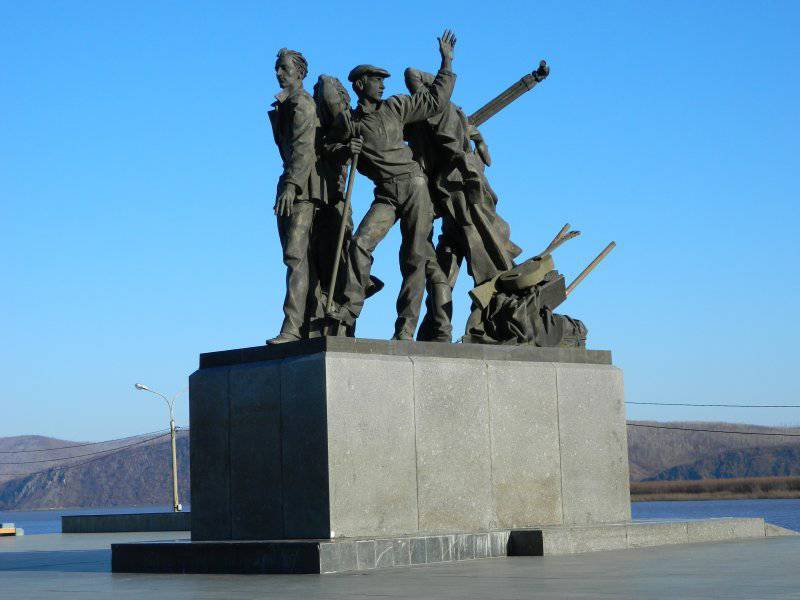
The consequence of miscalculations and criminal negligence was the depletion and death of people from scurvy. People began to leave the construction site. From the beginning of construction and until November 1. 1932 workers left the construction site - 787% of the total number of arrivals. Construction in 26 was under threat of failure, and K. Zolotarev had to make considerable efforts to continue it.
The whole 1933 year continued development of the new industrial site. The builders harvested the forest, laid out the plank beds from the old site to the new one, and they urgently built barracks for the military builders. At the end of 1933. six battalions of military builders of the Special Building Corps in the number of 6000 soldiers and commanders arrived in Khabarovsk.
In January 1934g. after their arrival in Komsomolsk, work at the construction site noticeably quickened. In the first half of 1934, a road was laid from the bank of the Amur River to the new site. With the opening of 1934 navigation, construction materials, equipment and vehicles began to flow into the construction of industrial facilities without transshipment. This immediately affected the pace of construction of factory facilities.
18 July 1934. The first stone was laid in the main building of the plant. This day is considered the birthday of the aviation plant.
Since July 1935g. one after another, the plant’s workshops began to operate. 15 July 1935 was the first to commission workshop No. 9 - instrumental. In September - No. 1 — Mechanical — first production workshop. Then - № 14 - fitter-assembly, № 15 - thermal, № 13 - stamping, № 18 - coating shop. By the end of 1935, the main production and auxiliary workshops were formed, which determined the appearance of the plant. The area of the built part of the main building exceeded 20 thousand square meters. m. In August 1935g. began equipping aggregate workshops. A total of 1935 was installed over 270 equipment. In 1936 the area of the built part of the main building was about 44 thousand square meters. m., it was found about 470 units of equipment.
Restrained the pace of construction and the normal course of work, the lack of electricity. The plant used the electric power of the temporary electric power station (WES). In the general design of the aircraft plant, and then in the subsequent tasks of the command board, the People's Commissariat and the government, from the very beginning of the plant construction, no power plant was provided for in the plant system. Larger power facilities at that time were not yet built.
In sufficient quantities, the plant began to receive electric energy only in January, 1936, with the introduction of new capacities at the TPP of the shipbuilding plant, from where a power line was extended to the aircraft plant.
Simultaneously with the commissioning of production workshops and other facilities, the plant team was preparing to produce an AN-designed P-6 aircraft. Tupolev. P-6 participated in the conquest of the North Pole, the development of the Arctic, the salvation of Chelyuskinites. It was a solid metal twin-engine machine with a rigid frame and corrugated sheeting. The serial production of it was started back in 1929, it was well debugged and worked out at other plants, but by 1936 it was already outdated as a military one.
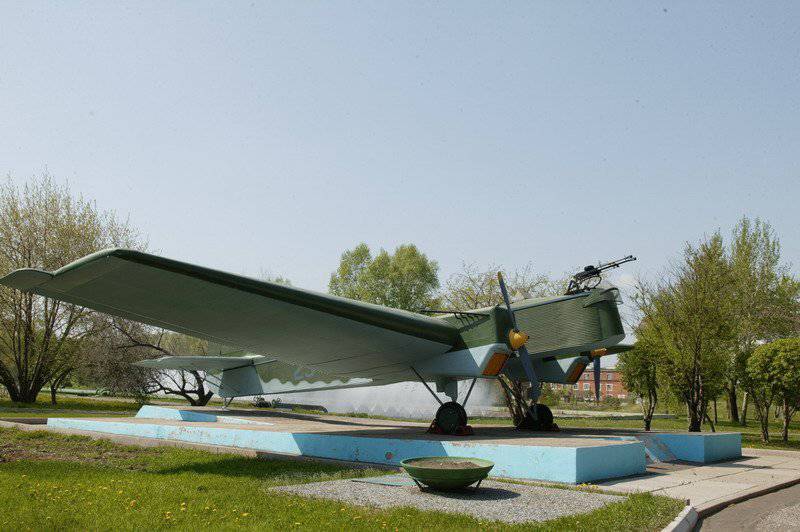
Installation of new equipment and the development of the first product took place in difficult conditions. Work on the product was time consuming, many operations were performed manually. Particularly difficult to assemble, drill, riveting frame, mainly tubular design. There were no necessary machines, technological equipment, tooling, materials, skilled workers. Drilling was carried out with hand drills, riveting - with metal hammers. There was no compressed air or pneumatic tools. When glazing the cockpit there was no special material provided by the technology - then they used a car windshield triplex.
K 1 May 1936. the first aircraft was assembled, but the runway was not ready for its testing. They decided to take off the plane from the water, for this purpose they used floats from the P-5 machine.
During 1936g. and the first half of 1937, 20 aircraft were assembled, two of which remained at the factory, and the rest were transferred to the operating organizations.
By order from 21 in May 1936, the plant was tasked to set up production and proceed to manufacturing the DB-3 machines (long-range bomber) designed by S.V. Ilyushin.
The aircraft was put on mass production, first at two plants in the European part of the USSR, and then at the Komsomolsk-on-Amur aircraft factory.
The development of the DB-3 and its preparation for serial production was very difficult at the plant. The reasons were both objective and subjective. The aircraft was mastered in the conditions of continuous modification, in the absence of experienced personnel and streamlined production, far from the country's technical and scientific centers. The plant had a large unfinished construction, incomplete universal and special equipment, did not have drawings and technologies designed for mass production of the aircraft.
The first 30 aircraft DB-3 were released in 1938. Since the end of 1940, the plant began to introduce into production a modification of DB-3T (torpedo bomber) and DB-3PT (on floats). In 1939, 100 machines DB-3 were released. In 1940 - 125 machines. The plant gradually mastered the production of the new aircraft DB-3F, and then the IL-4.
Over the period from January 1 1941 to January 1 1945, the plant’s capacity increased in terms of production space - by 2,6 times; for machine equipment — in 1,9 times. The production volume during this period increased 2,6 times, and the number of production workers in 1945 was at the level of 1941. This made it possible to supply the X-NUMX front with the Il-2757 aircraft. In 4, the plant doubled the production of IL-1942 aircraft in comparison with the 4 year. For 1941 year, Komsomol aircraft manufacturers produced a record number of aircraft — 1942! This is the highest number of aircraft production for all the years of the plant. And during the entire military period, the plant did not reduce the release of the necessary aircraft fronts. In 695, 1943, in 604, 1943. And only in the last military, 616 year, the production of aircraft decreased slightly - 1945. And just with 459g. on 1938 The plant produced the X-NUMX of the DB-1945 and the Il-3004. The factory team made a significant contribution to the victory.
The remains of the IL-4, found on the Kola Peninsula in the northern marshes, were transported to the plant. The aircraft was restored and in August 1982 was hoisted on a pedestal in memory of the combat and labor feat of Komsomol aircraft manufacturers.
In the second half of 1945, the plant began mastering the serial production of the Li-2 aircraft. It was an American licensed machine brand DC-3 company "Douglas". In 40 - 50's The aircraft was the most popular passenger aircraft on Aeroflot’s allied and foreign lines. The first Li-2 transport aircraft manufactured at the factory were released in 1947. During 1947-1949. The plant produced 435 aircraft, of which 15 is in the passenger version.
Lee-2 for many years served the national economy, and was successfully operated by the manufacturer. In memory of the Li-2, one of the aircraft that served its term, 17 August 1984 was installed on a pedestal in the factory area.
In 1949, the plant received the task to master and ensure the mass production of the MiG-15 jet fighter. The aircraft, created in the design bureau A.I. Mikoyan and M.I. Gurevich, was a maneuverable, easily controlled, well-armed combat vehicle and was the pride of national engineering thought. It was at that time one of the most famous aircraft in the world, the “soldier aircraft”, by definition, the pilots.
Before 1949, the plant produced piston-powered aircraft. The MiG-15 was the first jet aircraft, whose speed (1100 km / h) approached the sound barrier. Komsomolsk aircraft manufacturers had to master a completely different plane.
The period of development and successful serial production of the MiG-15 and MiG-15bis Komsomol aircraft manufacturers consider the second birth of the plant. From that time on, the aircraft factory began producing first-class jet aircraft that glorified KnAAPO far beyond the borders of the country; begins to overfulfill production plans. In 1951, with a plan for 337 aircraft, the plant produced 362 machines.
In 1952, the serial production of the new MiG-17 aircraft was launched. With 1953, the plant began to produce another modification - the MiG-17F with a forced engine and improved flight tactical characteristics. In 1953, 461 was released.
MiG-17, in 1954, 604, in 1955, 336, MiG-17F and 124, MiG-17. Total 1955 g. - 460 aircraft.
At the beginning of the 50-ies, the plant delivered MiG-17F fighters to Egypt and Algeria. During these years, a license was transferred to the production of this aircraft in the PRC. Specialists of the plant assisted in the development of its manufacture at the Shenyang aircraft factory. In connection with the completion of the production of the MiG-17, in 1957, the plant was not provided with a normal load, as it did not have a firm order.
Soon everything changed, the factory launched mass production of supersonic Su-7 OKB P. O. Sukhoi. Komsomol aircraft factory became a pioneer in the production of Su-7. This meant that all the problems arising from the development of the new aircraft, the team decided on their own. During the preparation of the aircraft for mass production, its design and technological refinement was fully ensured and the whole range of technological solutions was implemented, turning a prototype into a mass production machine.
The first production aircraft were built in the spring of 1958, and for the entire 1958 year, 100 military vehicles were manufactured for the country's armed forces.
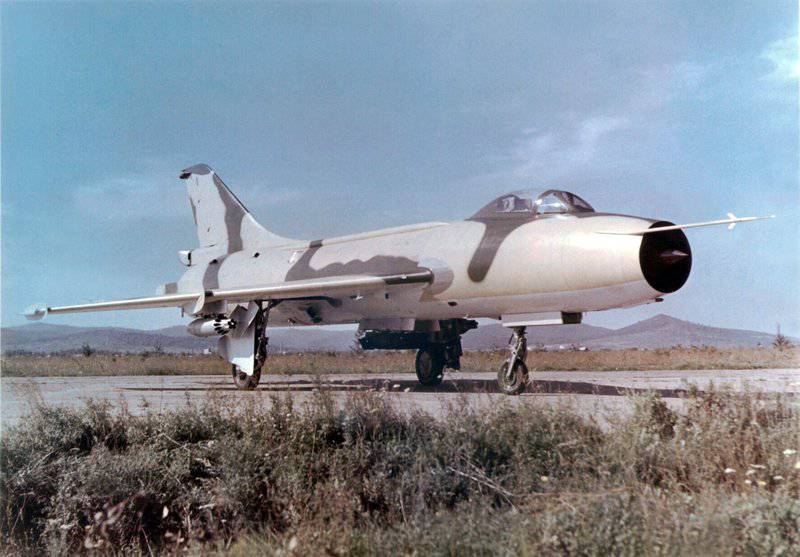
Since that time, the continuous improvement of the aircraft began. Su-7 has undergone 15 modifications with almost constant dimensions and configuration of the airframe, and each new modification differed from the previous one with higher combat and operational properties.
Following the Su-7 and Su-7B, an improved version of the aircraft with a modified fuel system and improved performance characteristics - Su-7BM. In 1964, Su-7BM began exporting to Arab countries, India, Czechoslovakia and Poland.
Following the Su-7 and its modifications, the team proceeded to the development of a structurally more complex aircraft, which was called the Su-17.
The wing of the Su-17 was divided into two parts, one of which could rotate relative to the other in flight, changing the sweep. This made it possible to improve the take-off and landing characteristics, and the aircraft also became more maneuverable.
Shortly after successful exploitation of the Su-17, the aircraft was upgraded and received the designation Su-17M. At this time, the fuselage, fuel and a number of other systems have undergone great changes. In the fuselage appeared sealed compartment filled with fuel.
Following the Su-17M, Su-17М2 consistently differed in the on-board equipment, then Su-17М3 and then Su-17М4 appeared. The combat training aircraft were also upgraded accordingly, the Su-17UM3 became the most perfect. Su-20, Su-22, Su-22М were successively produced for foreign customers.
In 1960, the plant began mastering the production of the P-6 (4K-48) missile system. The anti-ship homing cruise missile P-6, created under the guidance of the general designer, academician V.N. Chelomey, was intended for hitting targets from submarines in surface position. A fundamentally new quality for anti-ship missiles, a selective defeat of the main targets, primarily of large ships, was carried out in this rocket.
On the P-6 rocket for the first time in world practice, a folding wing was deployed, which automatically opens in flight. The rocket launched from a small container. The propulsion system included a starting unit of two solid-fuel engines and a main engine, also running on solid fuel. In 1962, production began, and in 1964, after successful tests, the P-6 missile system entered service with submarines.
The creation of a reliable scientific-technical and production test base for the production of missiles at the Komsomolsk aircraft plant became the basis for the decision to produce a new sea-based missile system, the Amethyst, in return for the P-1966.
Rocket complex weapons "Amethyst" (4K-66), created, like the P-6, in the OKB VN Chelomey, was intended to destroy enemy surface ships with cruise missiles launched from a submarine in a submerged position. Shooting could be carried out both by single rockets and by volleys from a moving submarine. The manufacture of the Amethyst missile system was organized on the same engineering and production base as its predecessor P-6. The task of preparing the production of the rocket was received in 1966, and already in 1967, the first batch of Amethyst was released, the production of which lasted almost 20 years.
All-metal sport gliders A-11 and A-13, snowmobiles Ka-30 and "Elf" became new types of products. The plant produced components for the Su-24 and IL-62.
From 1969, OKB im. BY. Sukhoi begins working on a new fighter with an interceptor, the Su-27P, which was created in opposition to the US F-15 ISL. In 1984 The factory built the first production aircraft.
In subsequent years, the plant mastered the release of another modification - the Su-27K carrier-based fighter. Due to the numerous differences from the base aircraft, taking into account the specifics of the combat missions of this modification, a new name was assigned - Su-33.
The Su-33 interceptor fighter is intended for operation from the deck of a ship. In addition to the main one, it has a front horizontal tail unit (GIP), which, in combination with advanced wing mechanization, significantly reduces the landing speed. The design of the main elements of the airframe and the chassis is reinforced, the nose strut has two wheels. In the rear part of the fuselage there is a brake hook that is produced when landing.
On the basis of the Su-27 aircraft, the joint efforts of the OKB and KnAAPO successfully implemented a program to create a new multi-role fighter, originally named Su-27М, and later - Su-35.
It was decided to create a new aircraft with the aim of increasing combat effectiveness, providing a combination of high maneuverability and the ability to intercept air targets typical of the Su-27, with the possibility of attacking ground and sea targets. December 25 2012, the Ministry of Defense received the first six Su-35С serial fighters.
In 1991, the export model Su-27SK was manufactured, which introduced design improvements and eliminated the shortcomings identified during the operation of the Su-27P aircraft in the air force and air defense of our country.
In 1992, the Su-20SK aircraft was manufactured and exported to the 27 of the PRC. In the future, the plant's specialists assisted in setting up licensed production in the PRC, at the aircraft plant in Shenyang.
In 1999 Komsomolsk-on-Amur Aviation Plant. Yu.A. Gagarin transformed into Komsomolsk-on-Amur Aviation Production Association them. Yu.A. Gagarin.
The development of the Su-27, became a double - multifunctional Su-30. This aircraft appeared in the middle of 90-x, thanks to export orders from China and India. Su-27 / Su-30 family aircraft were delivered to China, India, Vietnam, Indonesia, Uganda, Ethiopia, Eritrea, Venisuelu.
The plant is working on the creation of a promising aviation complex of front-line aviation (PAK FA). The first flight of the plane made 29 January 2010 of the year.
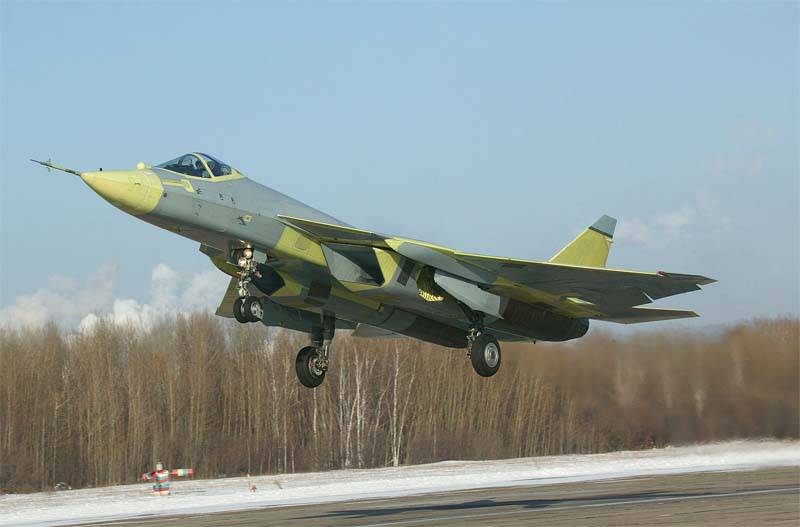
Serial machines of this type will be assembled at the Komsomol aircraft factory, where prototypes are currently being assembled. According to the statements of the “top officials of the state”, the mass production of the aircraft should begin in the 2015 year. In the 2013, small-scale production of aircraft of this type for armaments testing is to begin.
The aircraft is being developed to replace the Su-27 in the Russian Air Force. For export deliveries on the basis of the PAK FA together with India, an export modification of the aircraft is being created, which received the designation FGFA --- (Fifth Generation Fighter Aircraft - the fifth generation fighter).
Of civilian aircraft construction projects, the Sukhoi Superjet 100, the short-haul passenger aircraft developed by Sukhoi Civil Aircraft, with the participation of a number of foreign companies, became the most famous.
Unfortunately, the share of domestic parts and components in this aircraft is not high. According to the press service of the company "Sukhoi Civil Aircraft", it is: "about 50%." The share of components produced in Komsomolsk: "about 12%".
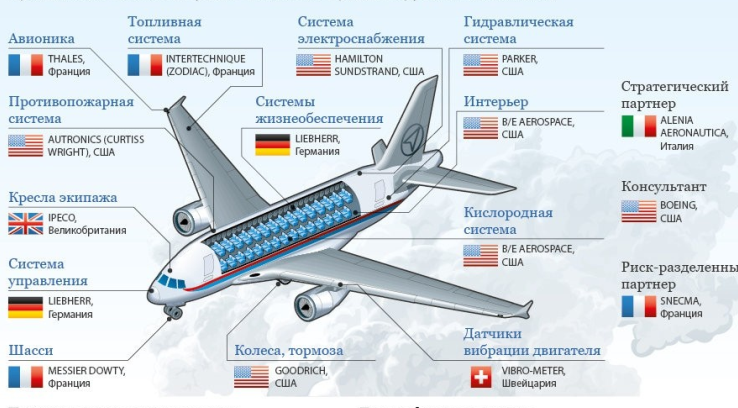
25 July 2009 of the year in Komsomolsk-on-Amur, the first flight of the flight instance with a board number 97004, fully equipped with all systems and passenger compartment. On the 13 February, the 2013 built 18 production aircraft and the 5 pre-production, 2 glider for life and static tests.
For some reasons, the following models became less known: Su-80 (C-80) - a plane for local and regional airlines developed by the Sukhoi Design Bureau. Developed in the passenger (Su-80P) and cargo-passenger (Su-80GP) version.
The aircraft has a sealed cabin and is designed to carry 30 passengers or to 3300 kg of cargo over a distance of 1300 kilometers. A feature of the aircraft is its convertibility, that is, the possibility of quick conversion from the passenger version to the cargo and back. The presence of a cargo ramp allows you to transport vehicles and standard aircraft containers.
The landing characteristics and chassis with low-pressure tires allow the aircraft to be operated at small aerodromes, including ground, ice and snow. The aircraft is equipped with two turboprop engines of the company General Electric CT7-9В hp of 1870. Planned certification of airworthiness AP-25, which was not completed due to the actual closure of the program. Designed to replace the An-24, An-26, Yak-40.
Be-103 - Light multipurpose amphibious aircraft designed for use on short-haul lines in various regions of Siberia and the Far East, northern regions of the European part of Russia; as well as in various parts of the world, especially in the coastal and island states of Southeast Asia, Oceania, Australia, North and Latin America, which have extensive coastal areas: regions with a large number of rivers, lakes, shallow bodies of water, difficult to access for other types of transport.
Before 2004, 15 aircraft were launched. Currently, the release of these machines is discontinued, and work on them curtailed.
From 1 in January 2013, KnAAPO entered as a branch in OJSC “Company“ Sukhoi ”and became known as a branch of OJSC“ Company “Sukhoi” “Komsomolsk-on-Amur Aviation Plant named after Yu. A. Gagarin” (KnAAZ).
At present, the aircraft factory is experiencing significant difficulties with a skilled workforce and, as a result, problems with the quality of its products. After the incorporation of the enterprise and the wage level that followed it, a massive outflow of personnel began, which naturally affected the projects being implemented.
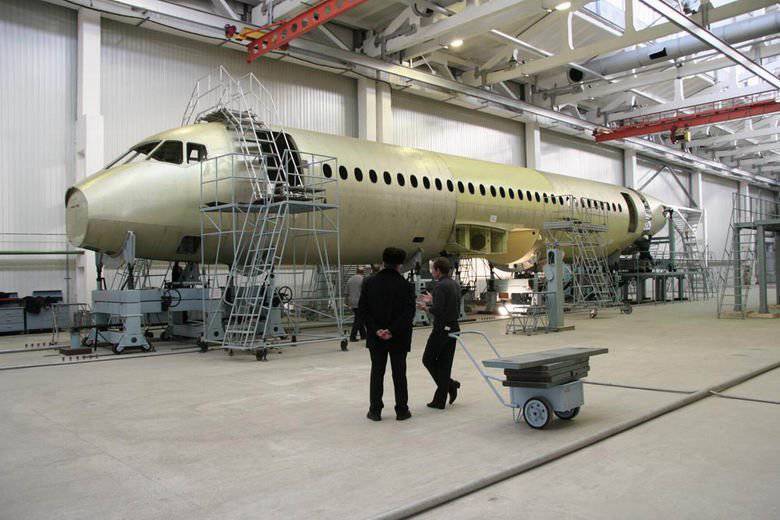
In the media of Komsomolsk-on-Amur, a large-scale company has been deployed to attract "workers." It is declared that the average wage in the enterprise is: 43 TR But surely no one needs to explain how the “average salary” is formed - this is “the average temperature in the hospital with morgue taken into account”. For a region with an extremely harsh climate and high prices for utilities, food and energy, the real wages of professionals involved in assembling aircraft in the amount of 25-30 TR cannot be considered satisfactory.
Sources:
http://www.knaapo.ru/rus/about/history/index.wbp
http://www.knaapo.ru/rus/personnel/vacancies/index.wbp
http://superjet.wikidot.com/wiki:v-ssj-80-importnyh-komplektuusih
http://www.knaapo.ru/rus/about/history/aviamuseum/index.wbp
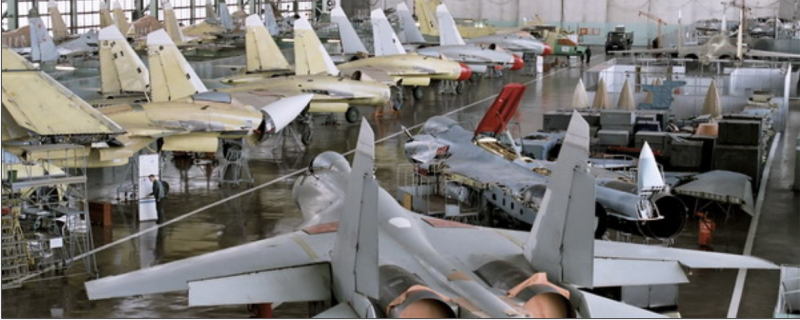
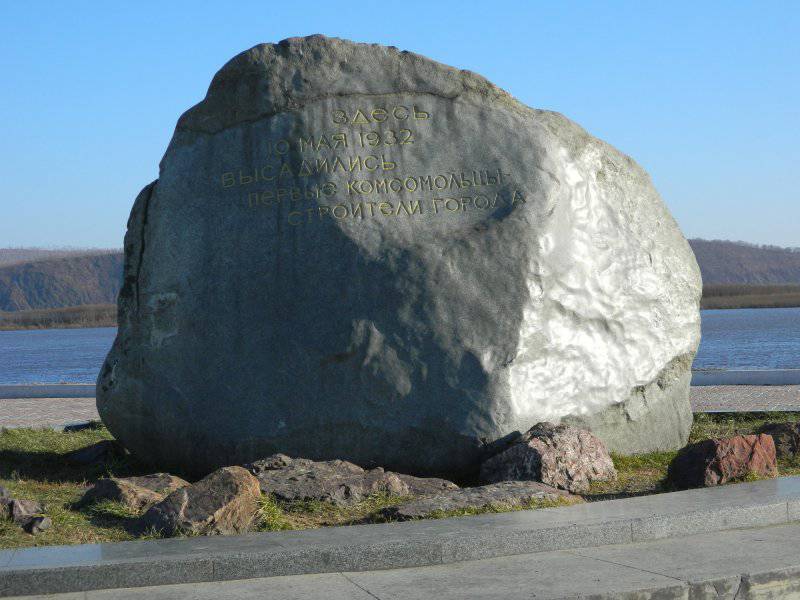
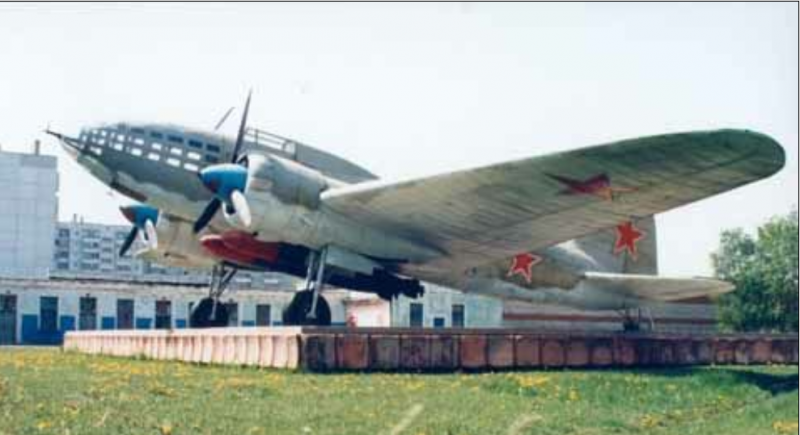
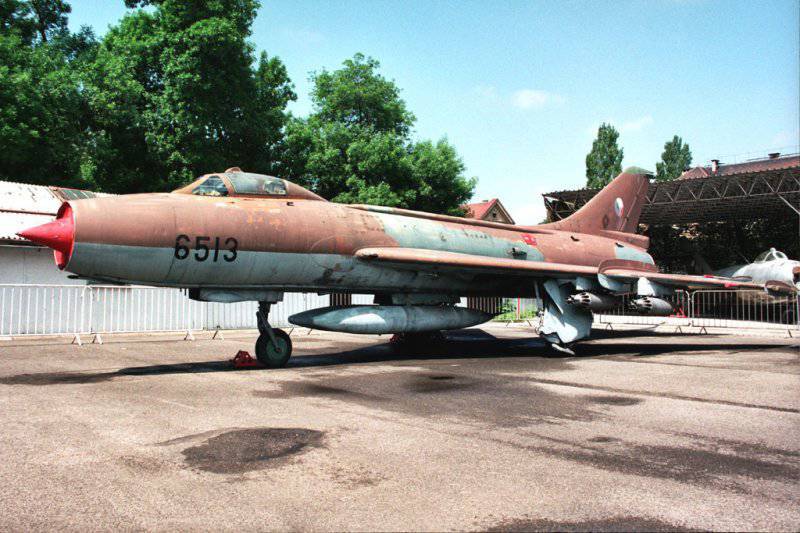
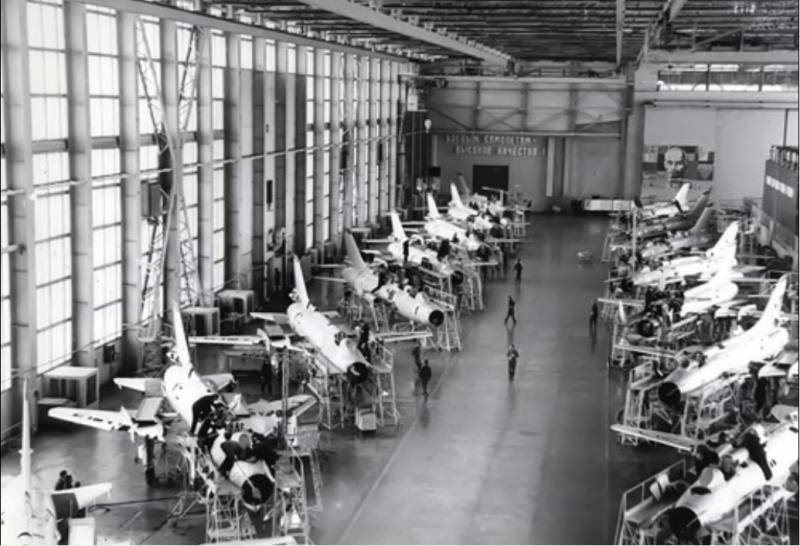
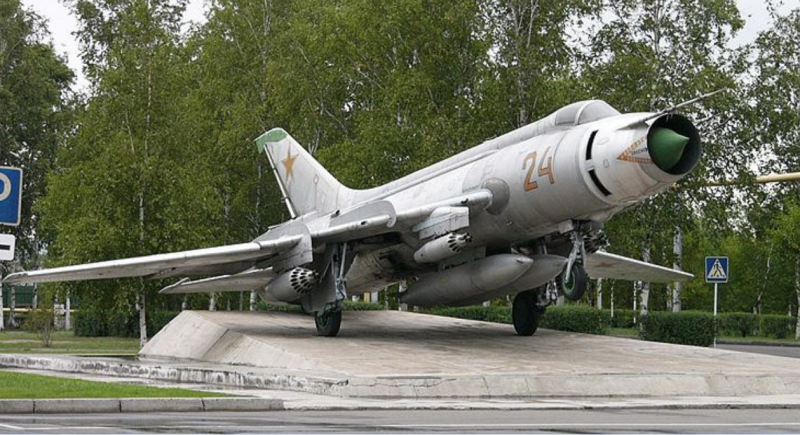
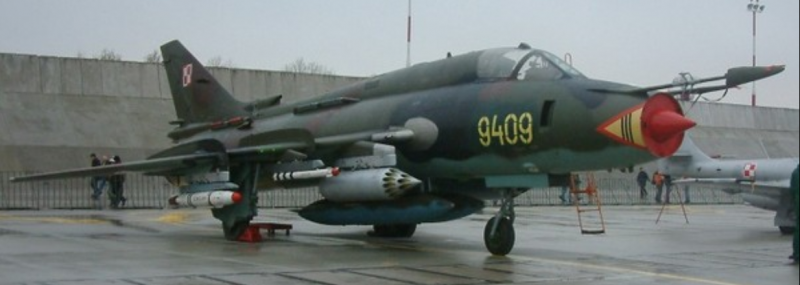
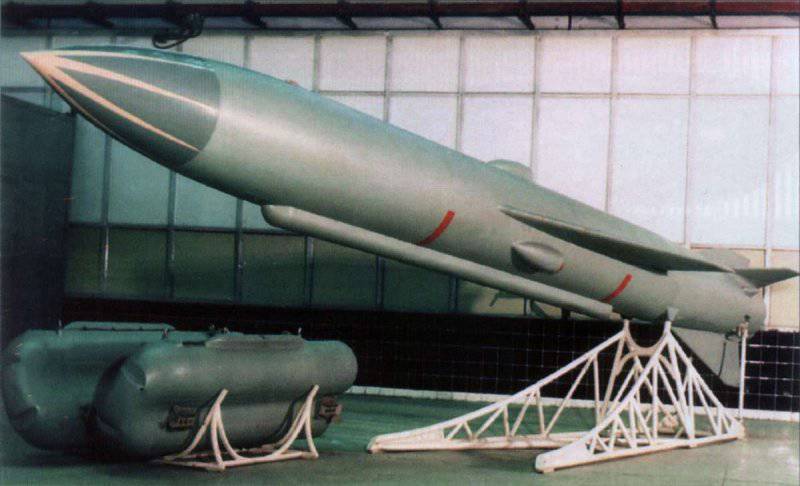
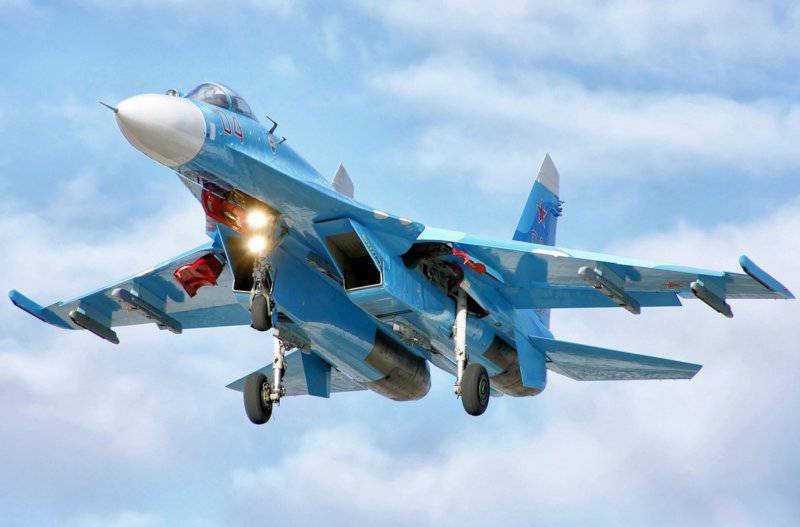
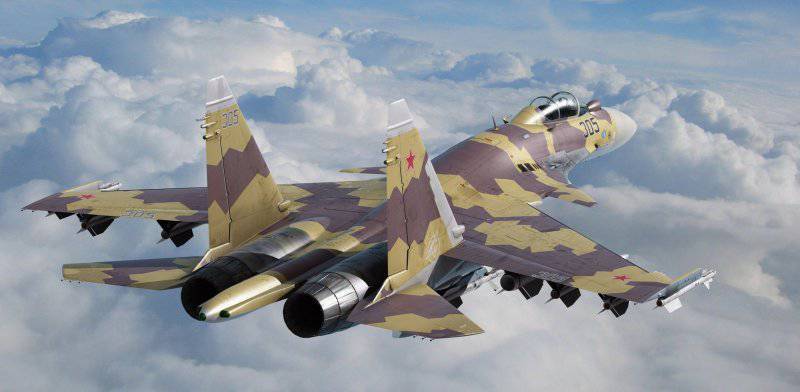
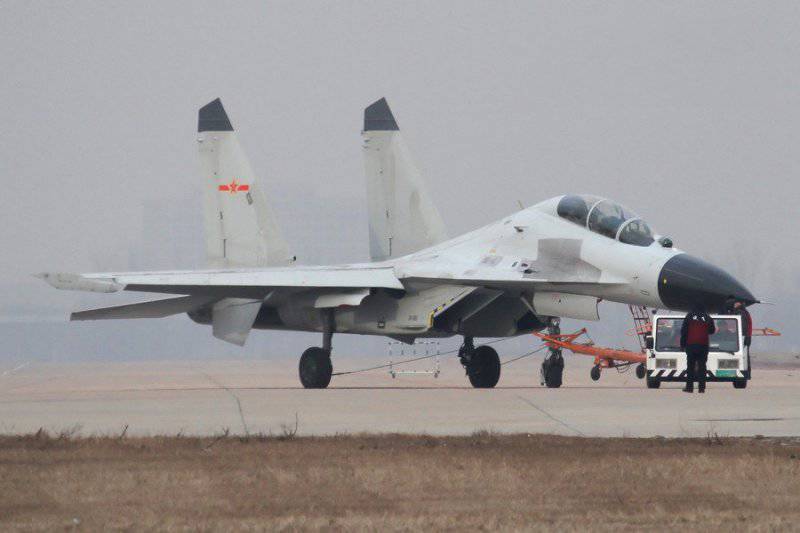
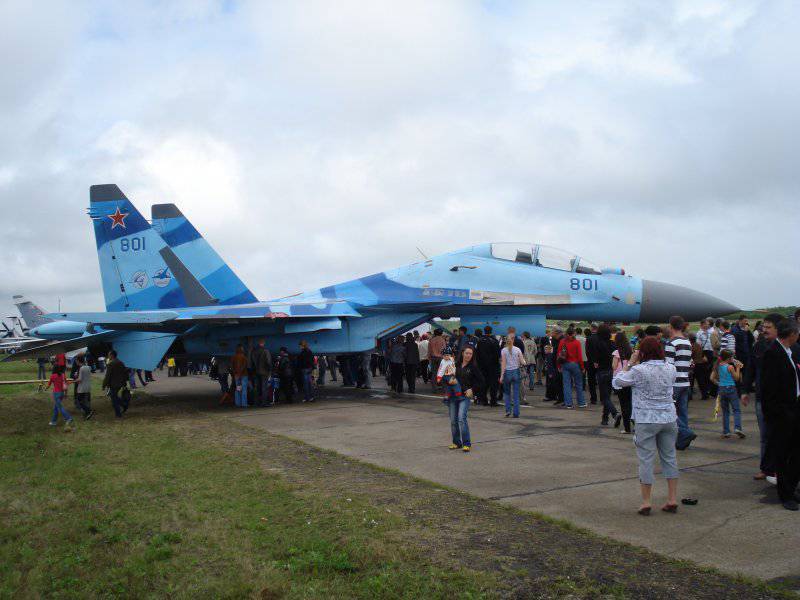
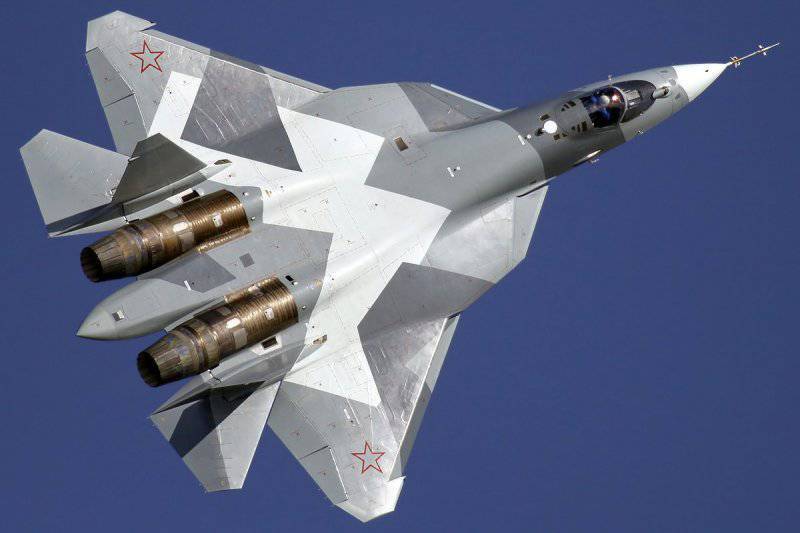
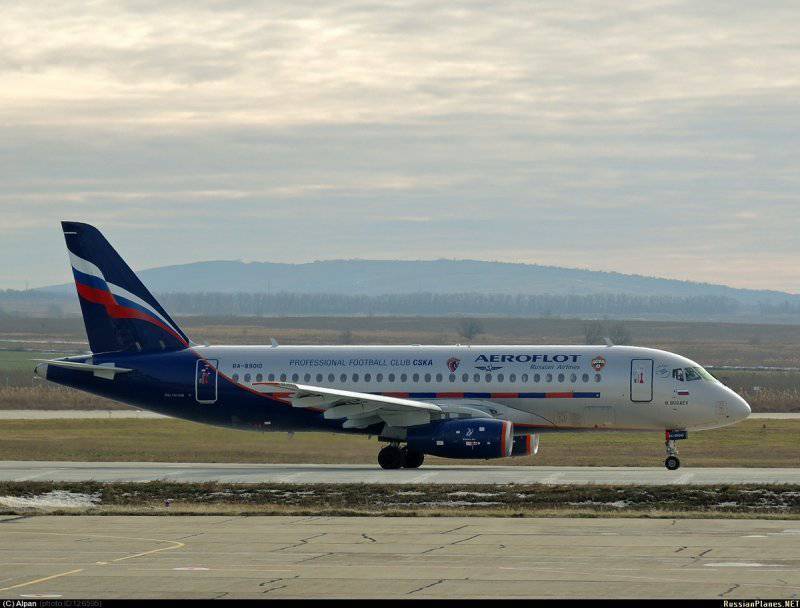
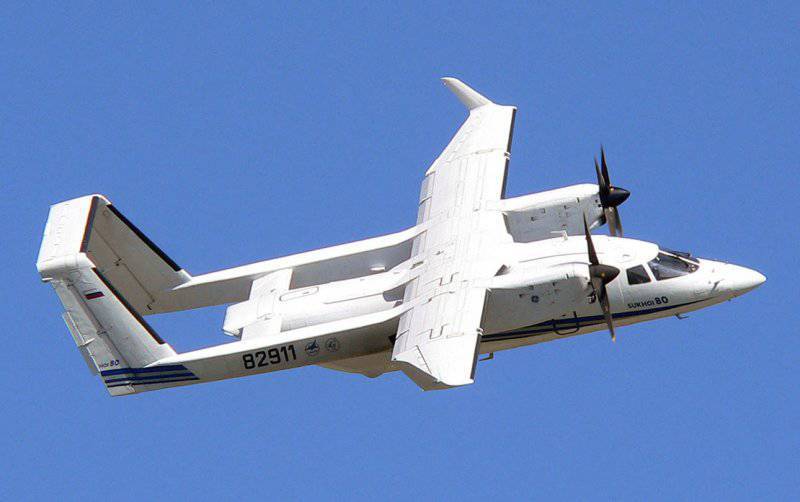
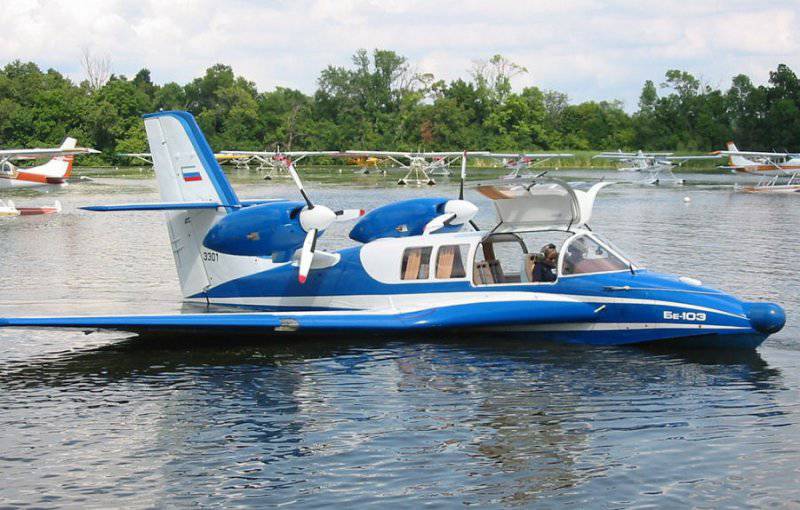
Information